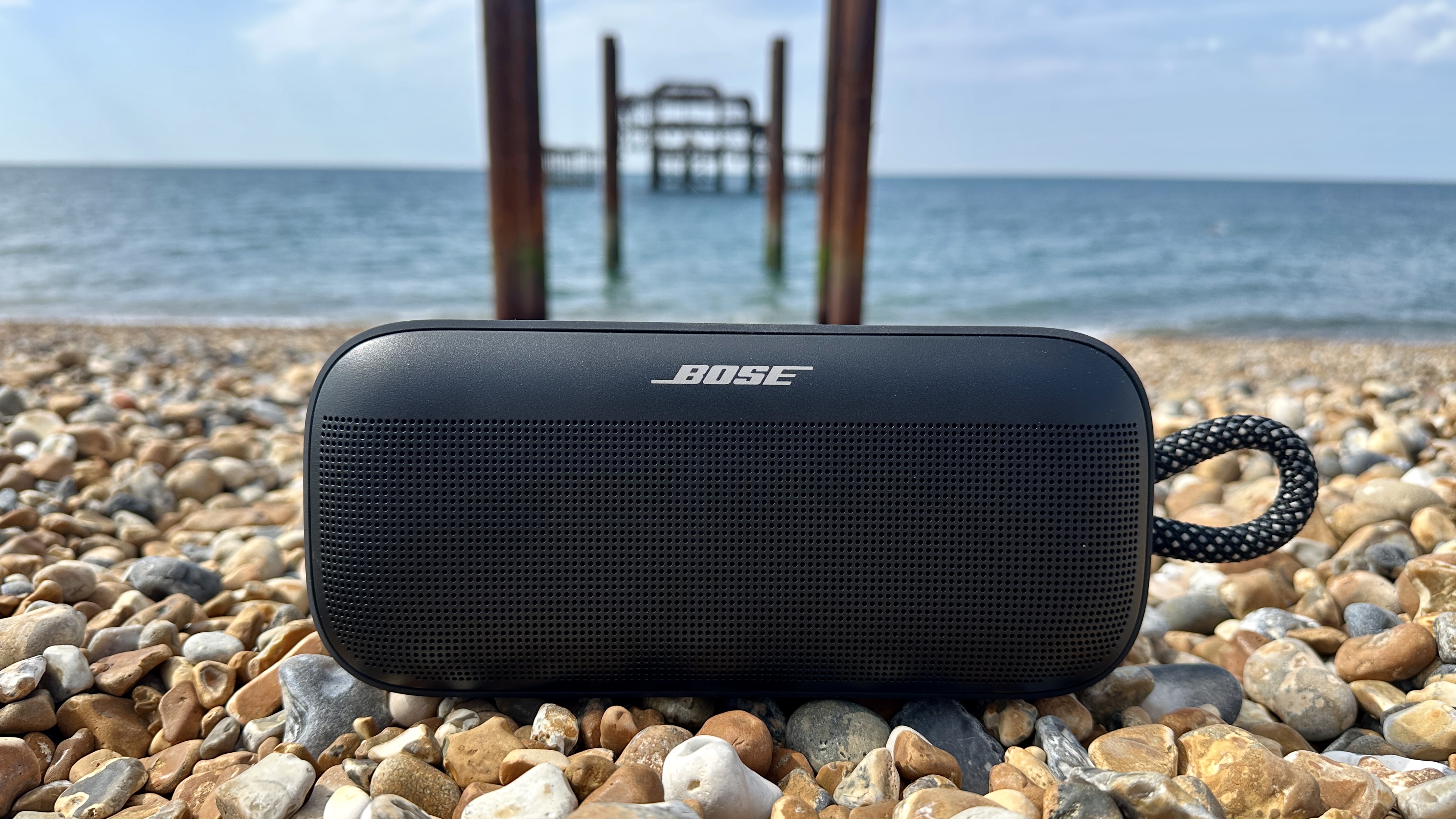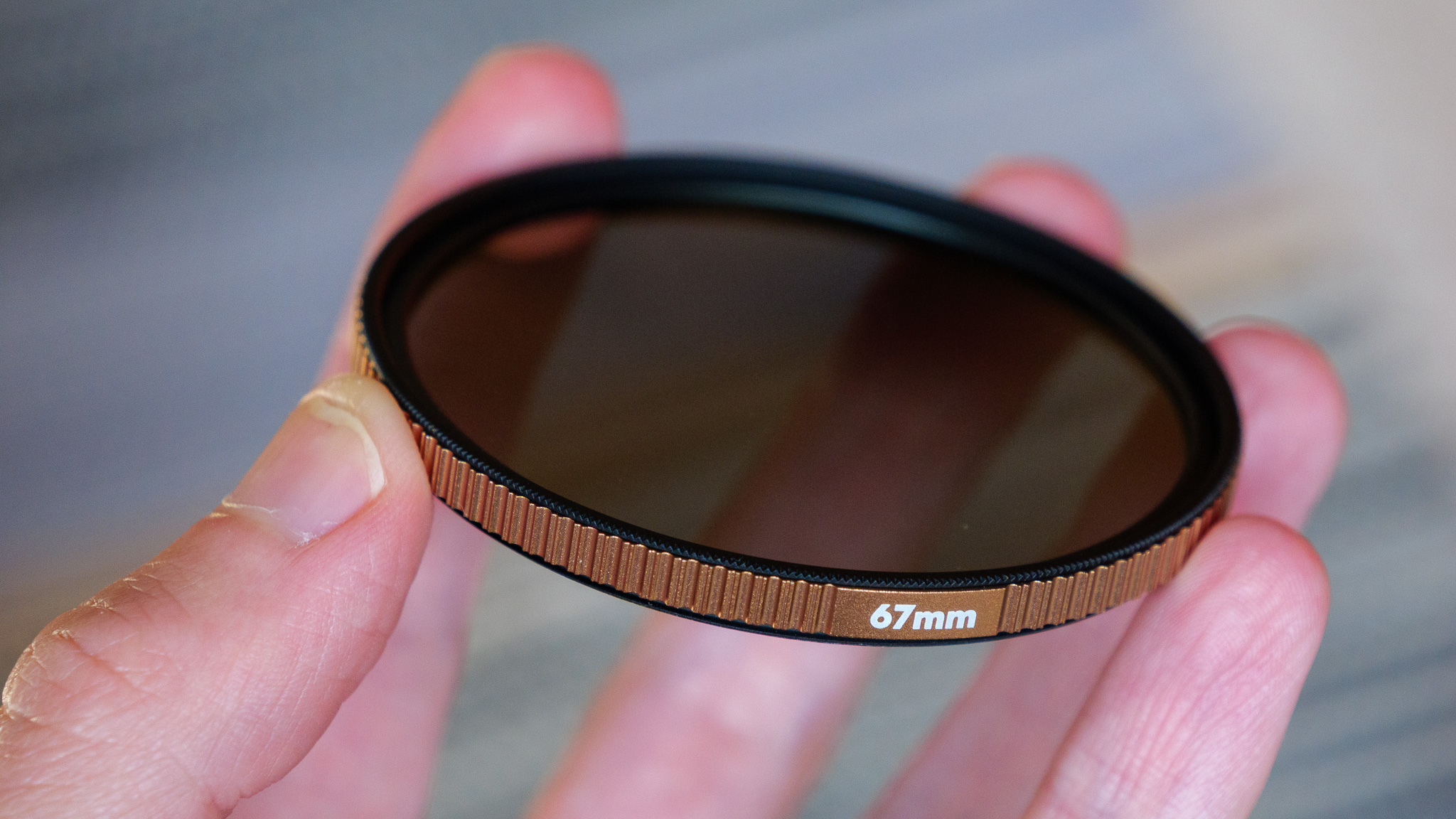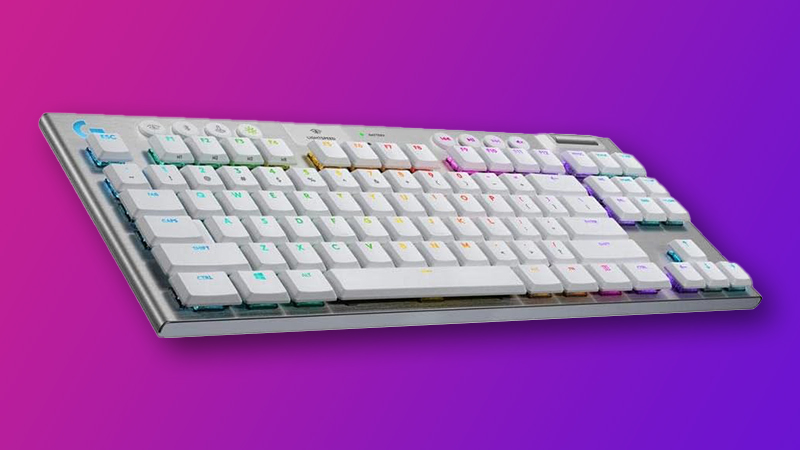I tested this ready-to-go turntable and its high-performing minimalist design is a future-proofed – and with compelling sound
With the Avid Ingenium Plug&Play, a company-wide philosophy for vinyl replay distils into a ready-to-go, high-performing turntable
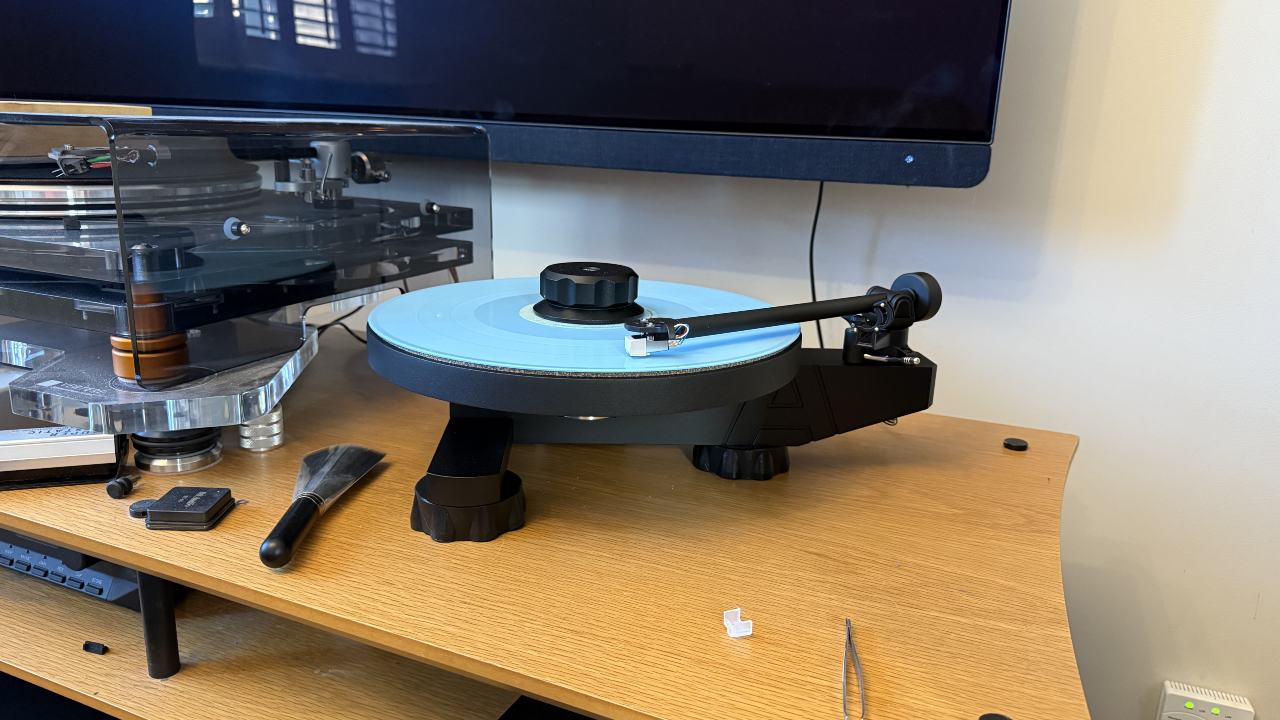
Avid Ingenium Plug&Play: two-minute review
The Avid Ingenium Plug&Play is a belt-driven unsuspended turntable and it’s the very smallest and simplest turntable that the company makes. This might sound surprising for a turntable with a price tag of £1,500 (about $2,500 / AU$2,500, where available) but it is a reflection of quite how far up the Avid range goes.
If you want to purchase the brand's flagship Acutus Reference Mono turntable, Nexus V2 arm and Ruby cartridge, you will need a not inconsequential £48,950 (or around $66,250 / AU$102,260, give or take) to do it. Judged by this metric, then, those aforementioned prices are indeed fairly entry level.
Most importantly, the Avid Ingenium Plug&Play is built around the same principles as the top-tier Acutus. Everything that Avid does is developed from the top down. The company begins by making the best example of something that they know how to make. When they want to make a more affordable version, they change the absolute minimum number of parts and design elements. Then, when a more affordable version still is required, this second level becomes the point from which development begins. By this process, the Acutus has become the Ingenium.
This process also means that the Ingenium is designed with different priorities to some of the best turntables at the price and it looks and feels different as well. Is the result exactly what you need in a turntable or do other approaches work better?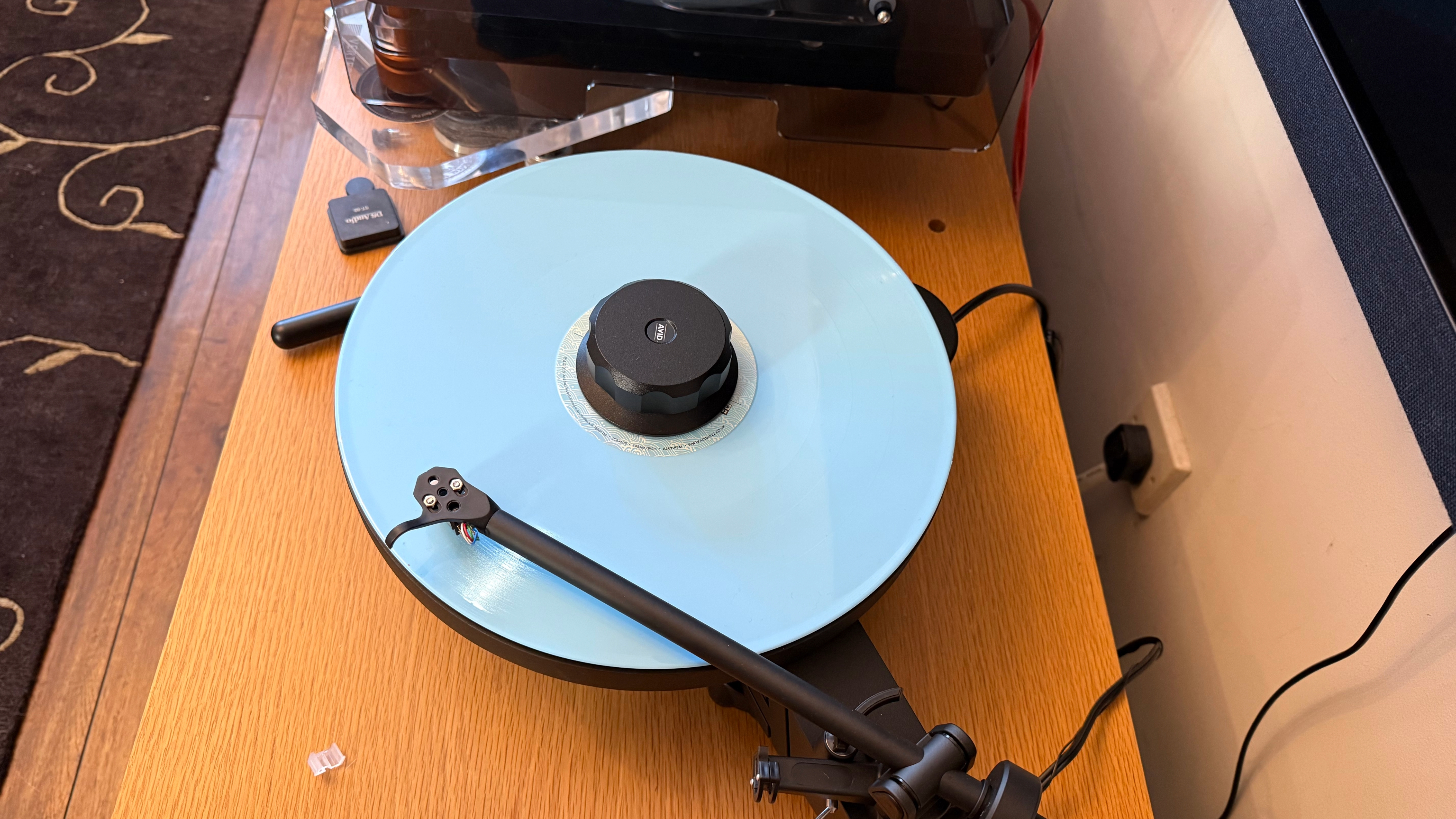
Avid Ingenium Plug&Play review: Price & release date
The original Ingenium has been around for over a decade but it has changed a little in that time. Originally, it could be ordered with different cutouts from the factory that allowed you to choose different arms. You could also have one that had a longer chassis that allowed it to work with 12 inch arms. Not only that, if you were feeling really keen, you could order one where the chassis extended in both directions and could mount two arms at once. As someone who is the very definition of keen when it comes to turntables, I have owned a twin-armed Ingenium for many years as it is a fantastic piece of test equipment.
The Plug & Play was released in 2018 and quickly became the sole version of the Ingenium. By simplifying the versions, Avid could keep the price down and ensure that installing one is as simple as possible. Though there is only one version for sale, the company makes a series of upgrades that can be added at a later date, which we will cover as well.
As of May 2025, an Ingenium Plug & Play is £1,500 in the UK. In the US, the current liveliness around imports makes the price a little volatile but it appears to be around $2,500. In Australia, it is yours for AU$2,500.
This price is inclusive of everything you need to get up and running out of the box, with the exception of a phono stage. Avid does make these if you need and, as the Ingenium Plug & Play is fitted with a moving magnet cartridge, many owners will have a phono stage built into their existing electronics that will allow them to connect directly.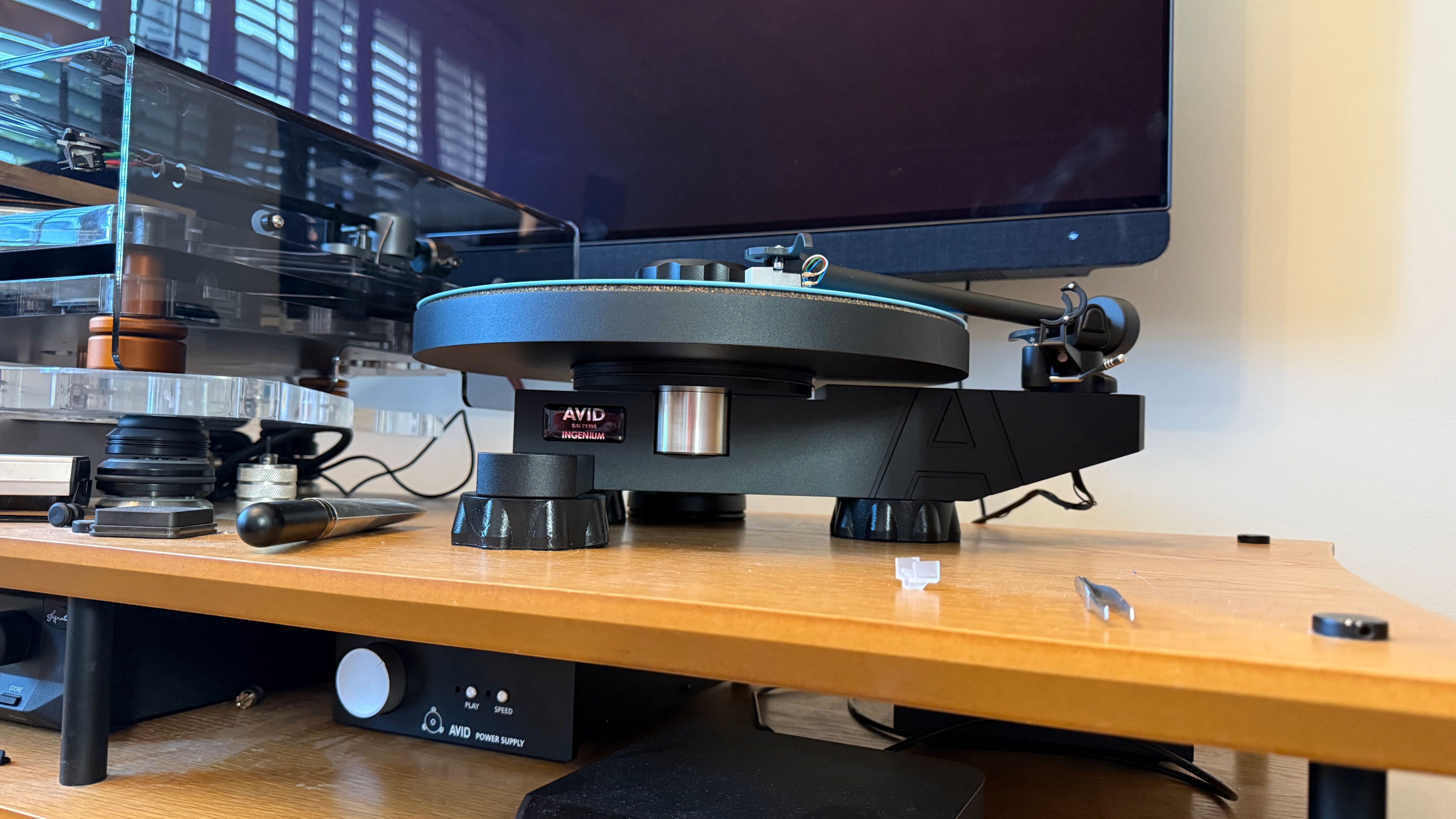
Avid Ingenium Plug&Play review: Features
- Metal chassis built around a custom bearing
- Motor acts on subplatter with MDF or optional metal platter
- Upgradable power supply
- Arm and cartridge fitted
Every Avid turntable from the Acutus down is designed around the same principle. It is intended to dissipate energy away from the playing surface via the bearing. The chassis of the Ingenium Plug&Play takes the form of a two-piece cruciform with the longer section housing the bearing and tonearm mount, and the shorter crossbeam adding stability. The motor is not attached to the chassis; instead it sits in free space behind the main chassis member. The feet are pliant rubber and add some useful isolation from the outside world.
The bearing is hugely important to how the Ingenium works and considerable attention has, rightly, been lavished on it. It is set forward from the center of the chassis which means that you can see the entire assembly from the front. The bearing comprises a shaft, with the actual bearing itself sat at the top. A subplatter sits on top of this and this is what the belt acts on. On top of this, the platter is then fitted.
This platter is cork topped and used on other Avid turntables. As standard, it is made of MDF and feels pretty substantial but you can also order the Plug&Play with a metal platter. This looks very similar to the standard one but is much heavier and more inert. The upgraded platter comes with bolts that screw into the underside. These drop into holes in the subplatter to tighten up the relationship between the two. Order the metal platter at the same time as the Ingenium and it will cost you £350 ($475, AU$730 where sold) or you can order it later on for £450 ($610 / AU$940, where sold).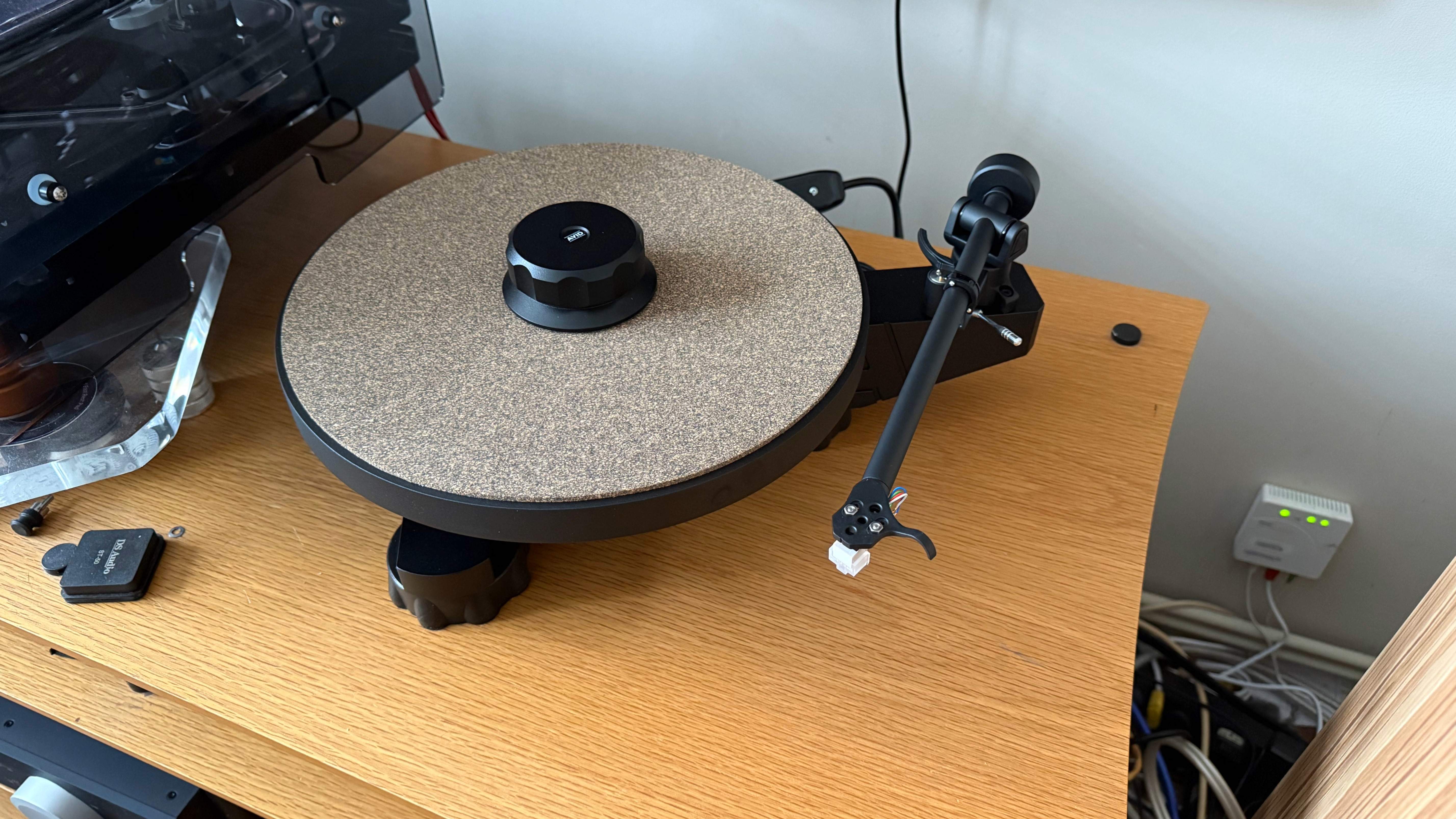
The Ingenium makes use of another Avid design feature in the form of a clamp. This screws down via a threaded spindle to physically press the record against that energy-dissipating bearing. This is another feature present on all Avid turntables and is absolutely integral to how they work.
As supplied, the Ingenium's motor plugs directly into the wall and simply has an on/off switch most of the way up the wire. Depending on how you place the Avid, this can make it hard to reach and it means that changing between 33 and 45 RPM is a matter of lifting the platter off and moving the belt from one motor pulley to another.
Both of these can be corrected by upgrading to the Electronic PSU. This allows for electronic speed control via a motor with a different pulley that allows two belts to be run at the same time. This is not a cheap upgrade – at £1,500 ($1,355 / AU$2,085 approx.) it’s the same price as the turntable itself and there is no saving to be had ordering it at the same time.
The arm that comes pre-fitted is something Avid calls the TA1. It is designed with a view to working with the supplied cartridge but will accept others that are content working with its fixed anti-skate system. It outputs via a captive lead and Avid has ensured that the VTA is correct out of the box. This arm is not expensive; it appears with the same cartridge on a turntable that costs £330 ($445 / AU$690, where sold) but it reflects Avid’s design priorities. Their argument is that, unless the turntable itself is correctly engineered, nothing else will be right. For some people, this price balance will seem somewhat lopsided but is a ratio that Avid employs on many of their turntables.
Should you wish to change it in future, any arm using the same mount and geometry should fit but this does not include either of the arms that Avid makes. Something that can also be done, though, is to change the stylus on the cartridge. By origin, this is an Audio Technica design called the AT-91 and it has sold in huge quantities. Roll your sleeves up and get online and you’ll find a variety of upgraded stylus options for it that simply slide on in place of the existing one and can offer substantially better performance.
- Features score: 4 / 5
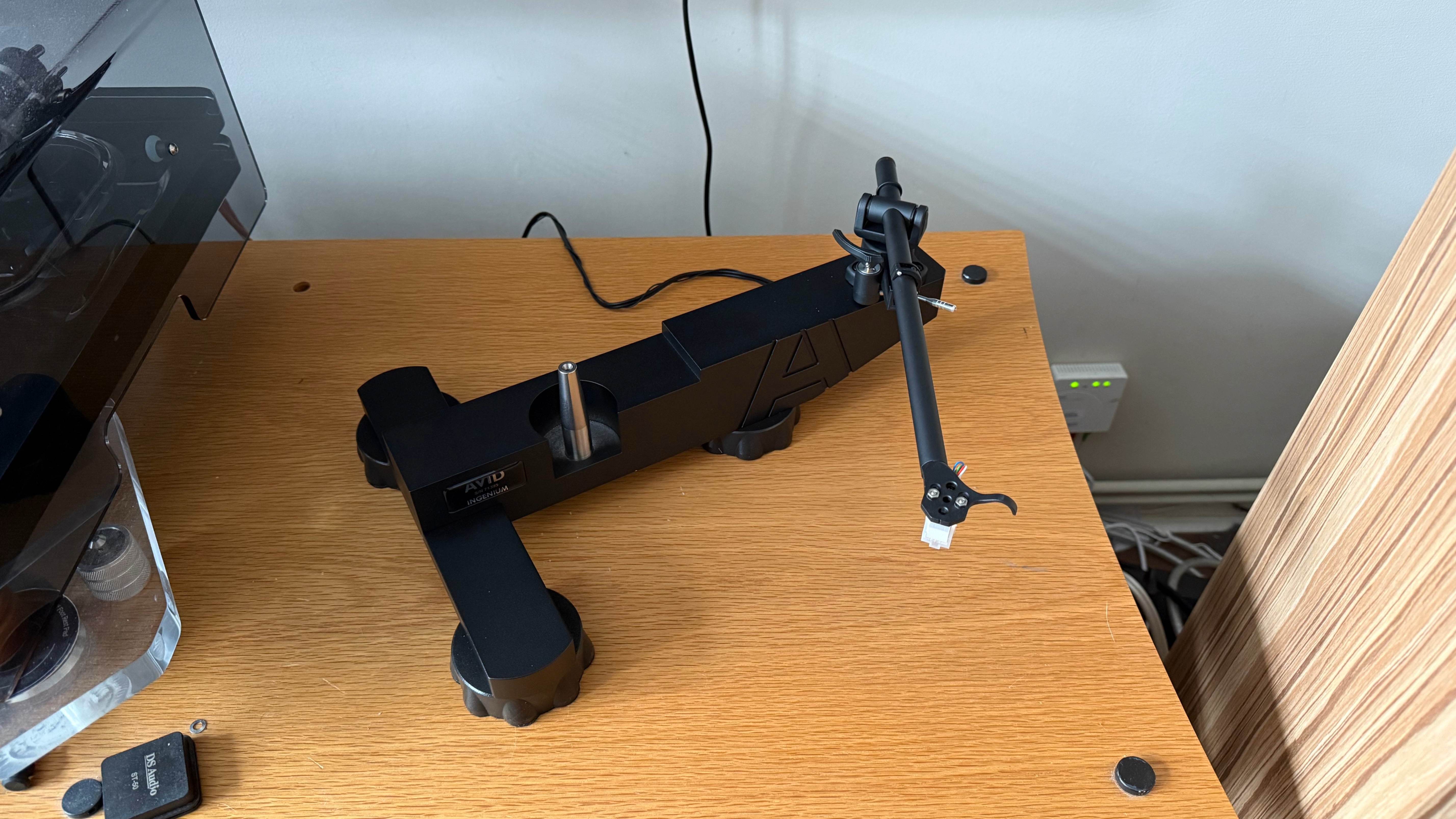
Avid Ingenium Plug&Play review: sound quality
- Exceptionally cohesive and controlled performance
- Excellent bass; made even better with the upgrades
- Some limitations to fine detail
- Can be very good fun
Turntables are fascinating and slightly maddening things. They perform one job that has very few variables – at the most basic level, support a record and rotate it at 33 or 45 RPM, and yet, the performance they offer varies hugely. Put simply, every single design and engineering decision makes a difference to how the turntable performs. Done well, this manifests itself in how the information on the record is presented. The more capable the turntable, the better it avoids information on the record becoming congested and confused.
It doesn’t take very long listening to the Ingenium Plug&Play to realize that, at its fundamental core, it is incredibly capable. I’ve been using The Cinematic Orchestra’s Man with a Movie Camera as a piece of test material for years. The version of Burn Out used here is bigger and has a larger overall sense of scale than the original and, as the track builds, it can start to sound a little muddled. On the Avid, this simply doesn’t occur; it has the bandwidth and ability to keep everything sounding as it should. The Ingenium hangs together, even when a number of similarly priced rivals are beginning to struggle.
It also possesses extremely good bass and when I say, ‘good bass’ I mean more than straightforward low-end thudding. From the moment that lower midrange starts to become bass, there is a heft to it that is perfectly judged – weighty without tipping over into being dominating or overblown. It does rather justify Avid’s belief in the turntable itself as the final decider of the quality of playback. I have never heard anything else using a remotely similar arm and cartridge achieve the same level of sheer low-end tone and texture as what the Ingenium extracts from it.
There is more to be had from it. Avid supplied an example of the upgrade platter with my review sample and fitting this improves the bass response even further. Not only does the absolute extension improve but the texture and control to low notes improves even further. Rogues Gospel by Duke Garwood is an exceptionally natural recording, underpinned by surprisingly deep bass notes. With the metal platter present, the percussion is better defined against the mix and it starts and stops with greater precision.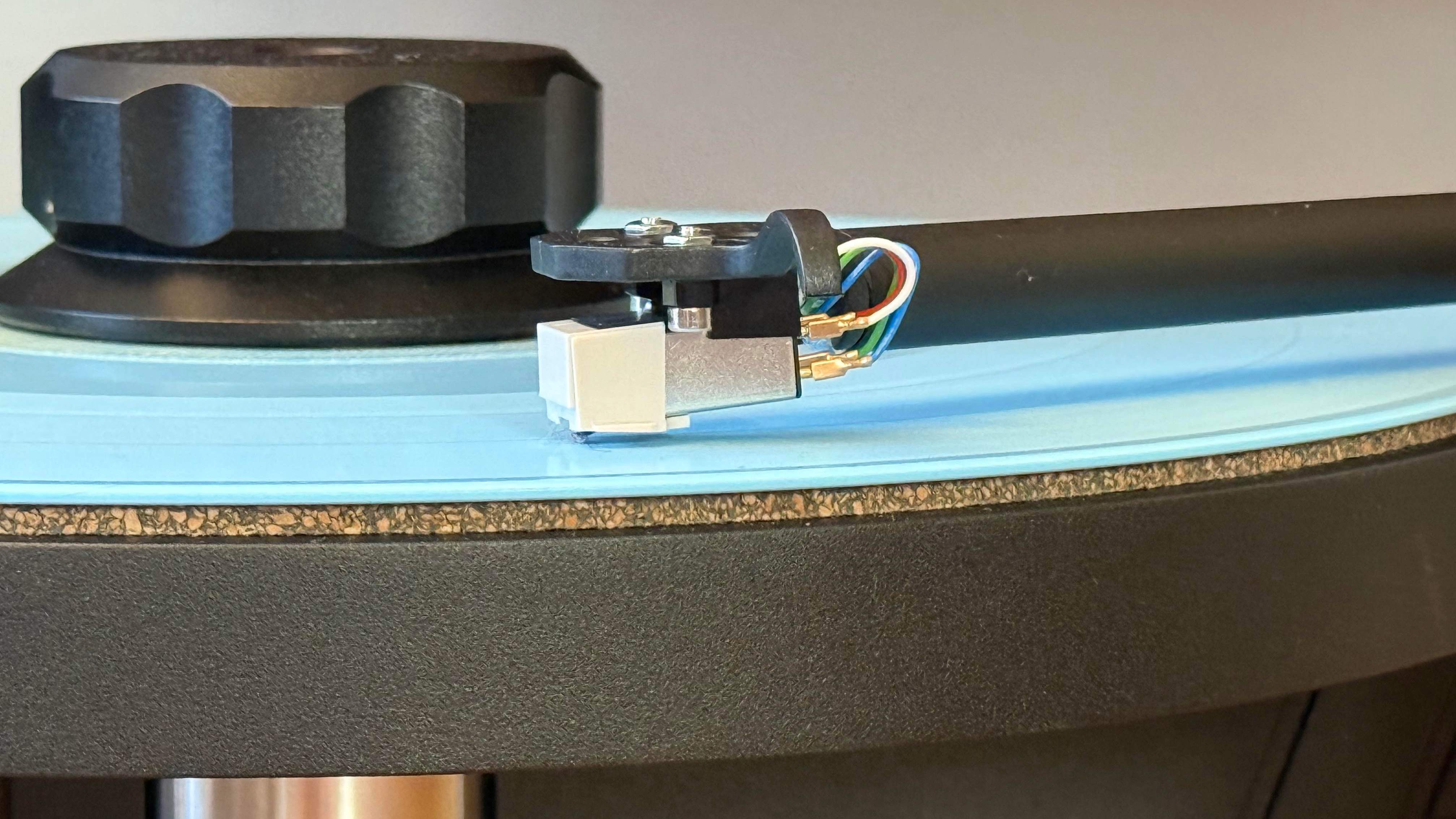
Adding the external power supply (I also used the motor from my own Ingenium for this as it has the correct pulley and connecting cable) yields more performance. It might sound odd that changing the power feed for the motor has any effect on the performance but it’s important to remember that this is the only part of the turntable where electrical power is added – everything else is entirely passive. The power supply allows me to more easily listen to a 45RPM version of Peter Gabriel’s eponymous third album. The already orderly and spacious presentation takes a further step forward. Without losing the building urgency of Family Snapshot, the Avid is astonishingly capable.
There are some limits, though, that would need attention before spending £1,500 (approx. $1,355 / AU$2,085) on the power supply. The Avid extracts more from its cost-effective arm than you would ever credit but it will show its limitations. Compared with the arm and cartridge combination used regularly on my resident Ingenium (which I am compelled to admit costs more than the Plug&Play and the optional power supply combined), there is a loss of fine detail and tonal realism that is the absolute limiting factor to the Avid’s performance. As noted, changing the stylus would be a cost-effective means of starting to correct this, and there is a decent choice of arms that will bolt straight on that I would probably look at ahead of the power supply.
Crucially, though, you won’t need to rush to do this. In the time the Avid has been in situ, it’s been sharing a rack with more expensive, and notionally more capable, decks but I’ve never rushed to switch over from listening to it. What it does so effectively is balance attributes I have long associated with Avid turntables – a confidence and realism that is unaffected by the scale and complexity of the material being played, with the ability to be plain and simple good fun when you want it to be.
Playing the belated vinyl release of Superabundance by the Young Knives on the Ingenium is a neat demonstration of this. Even after a remaster, it’s not a great recording but the Plug&Play takes in its stride and will have you yelling along to the utterly nonsensical chorus of Terra Firma in fine style.
- Sound quality score: 4.5 / 5
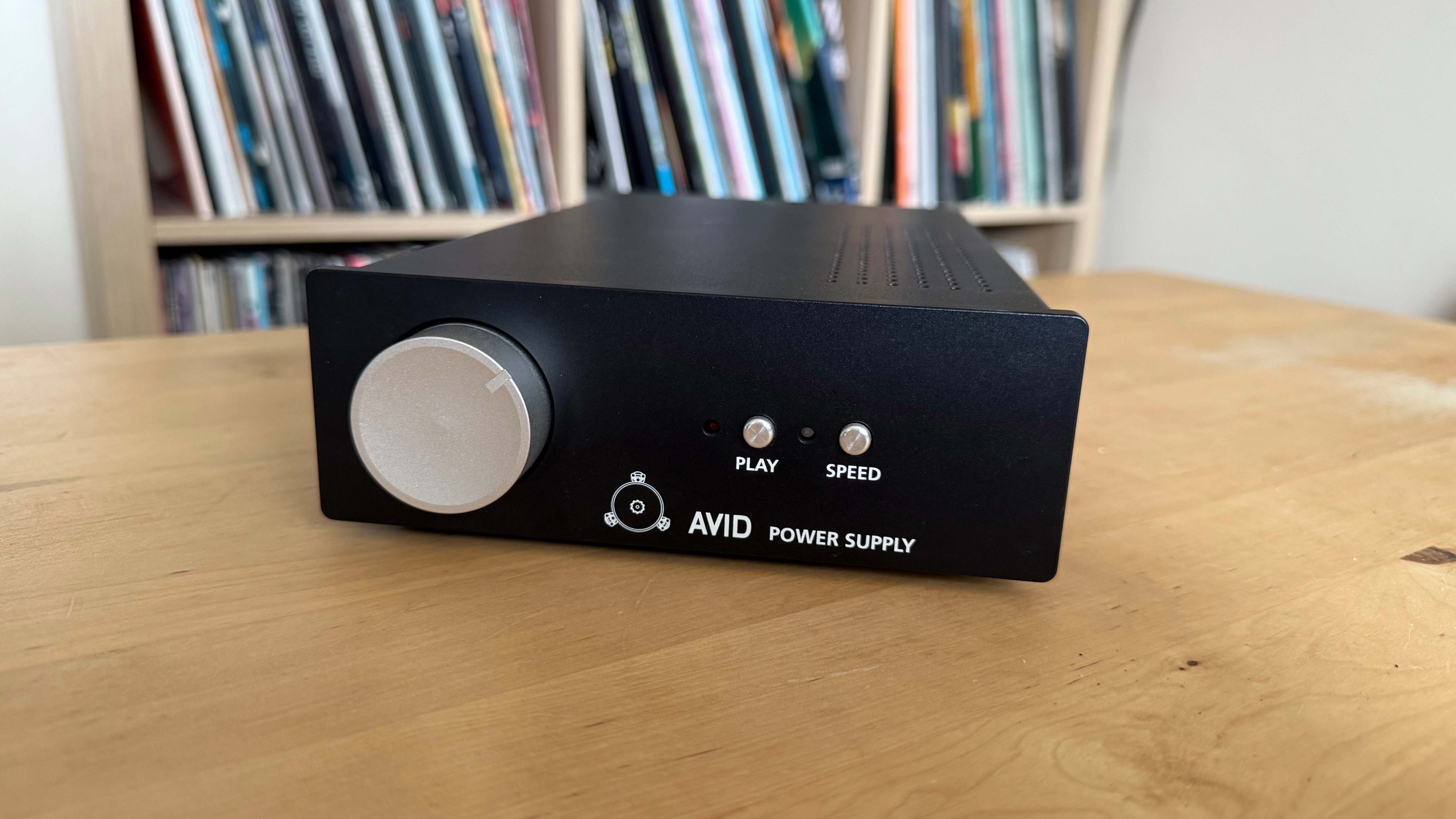
Avid Ingenium Plug&Play review: Design
- Simple, but attractive with it
- Superbly made
- Easy to set up
- No dust protection or cover of any kind
Avid is first and foremost an engineering company. They don’t really go in for ‘styling’ as it might be defined in the usual sense. There is absolutely nothing on the Ingenium Plug&Play that doesn’t need to be there for it to work. Despite this (or, partly because of it), I love it. The Avid doesn’t set out to be pretty but thanks to the absolute lack of frippery and adornment, it looks fantastic. You don’t need to know anything about vinyl to know it’s a very special thing.
It is also superbly made. Extracting the Avid from its box allows you to get a handle of the sheer heft of the metalwork and the precision involved in the construction. I won’t insult your intelligence by calling it cheap but I don’t know of many turntables at the price that feel anything like as substantial. It very effectively gives a little taste of just how incredibly well assembled the company’s more premium offerings are.
It also delivers on the name as well. It can be momentarily intimidating to see all the parts sat in the box when you open it but, thanks to a genuinely good set of instructions, the Avid is a pleasure to put together and should not be beyond even a complete novice. The quality and care of the execution is evident from the moment you start slotting the parts together and the whole process inspires confidence in what you're doing. Pay attention, avoid distractions and you should be spinning a record within 10 to 15 minutes of opening the box.
Something to remember when choosing an Ingenium Plug&Play is that as a 'skeleton' deck, the Avid has no dust or child protection as standard. This means that it is rather more vulnerable than some rivals to the outside world. Avid offers some covers, and other options are available, but this of course will come at an extra cost. I have generally kept an old record on my Ingenium's platter to help keep dust off the playing surface.
- Design score: 4.5 / 5
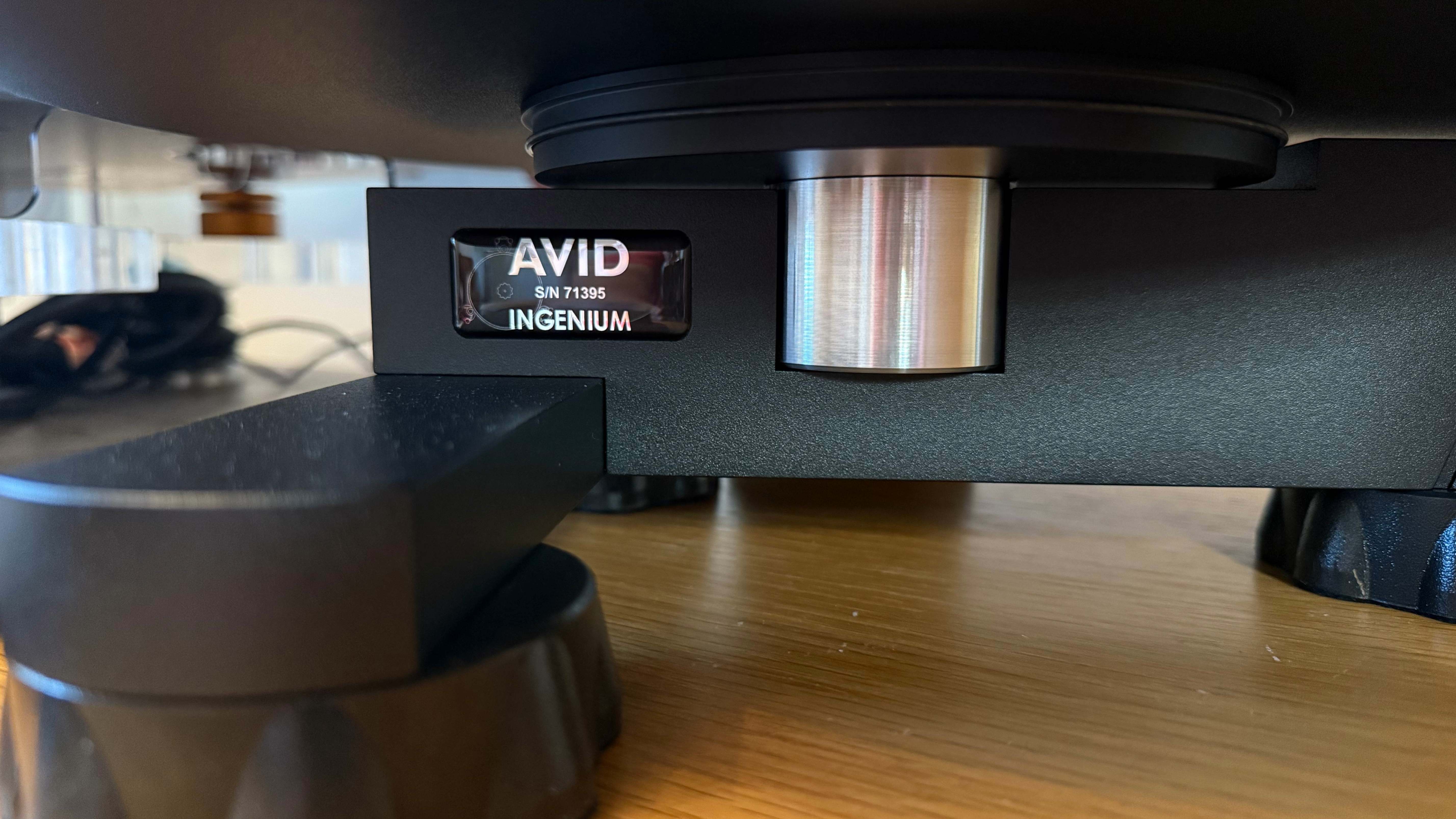
Avid Ingenium Plug&Play review: Value
There are two levels to judging the Plug&Play. Judged on what you get in the box for £1,500 (about $2,500 / AU$2,500, where available), it’s good but there are other turntables that can keep it honest, ones which also offer lids, electronic speed control and other niceties. The Ingenium is competitive and can hold its own but it doesn’t deliver a knockout blow.
The thing to consider, though, is that the Ingenium can be taken to places that almost nothing else for the price can. My twin-armed one has the upgrade platter and the power supply and uses arms that cost more than the Plug&Play does on its own. It’s still mechanically the same basic turntable as the review unit but it can deliver a level of performance far beyond what the basic unit is capable of.
If you know you are committing to vinyl for decades to come, this is a turntable that will grow with you. Viewed in this way, the Ingenium represents rather more impressive value.
- Value score: 4 / 5
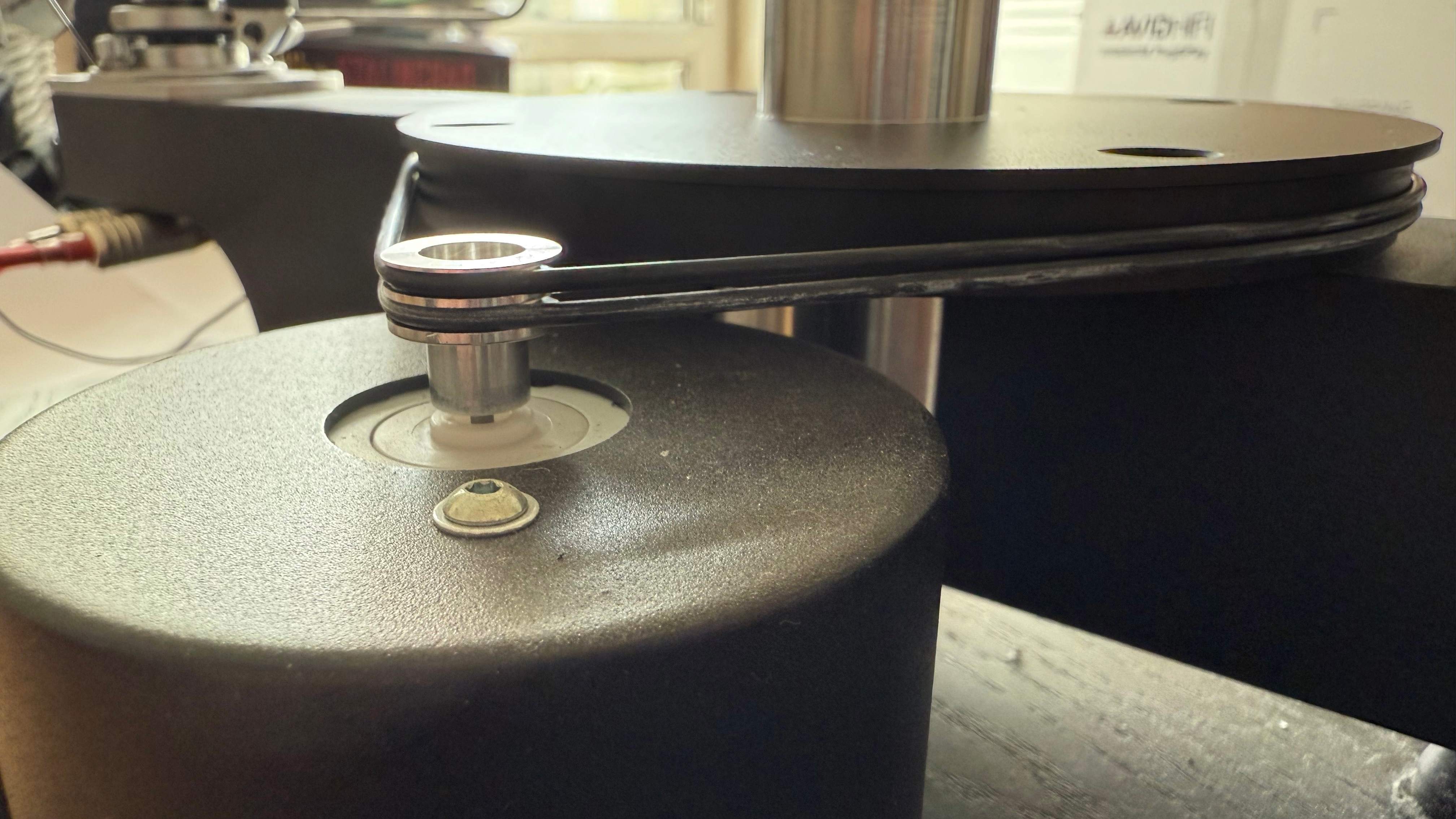
Should I buy the Avid Ingenium Plug&Play?
Attributes | Notes | Rating |
|---|---|---|
Features | Metal chassis, with possible upgrades available | 4 / 5 |
Sound quality | Cohesive and controlled with excellent bass; some limitations to fine detail | 4.5 / 5 |
Design | Simple and attractive; superbly made; easy to set up | 4.5 / 5 |
Value | A little pricey, but good-quality equipment means it grows with you | 4 / 5 |
Buy it if…
Accuracy matters
The Avid is a capable and revealing source that is able to handle complex material in a way that even similarly priced designs can struggle with. It’s effortlessly capable.
You want simplicity
Everything you need turns up in the box and putting the Ingenium together is straightforward and logical. This is a top-tier vinyl experience but it’s not an intimidating one.
You’re in this for the long haul
The upgrades available from Avid and the basic adaptability of the turntable itself means this is something you can spend your money on, enjoy it as it is and then begin to upgrade it at a later date.
Don't buy it if…
You need electronic speed control
Adding this feature to the Avid will set you back some cash and, while it will boost performance, it's an extra expense when some rivals have it included.
You need a lid
Got cats or a low flying toddler? The Ingenium probably isn’t the turntable for you. It’s more vulnerable than models with a cover.
You live for tiny details
Out of the box, the supplied cartridge on the Plug&Play is good but not the last work in detail retrieval. At the very least, it will need a stylus change to start to rival what some more sophisticated pickups can do.
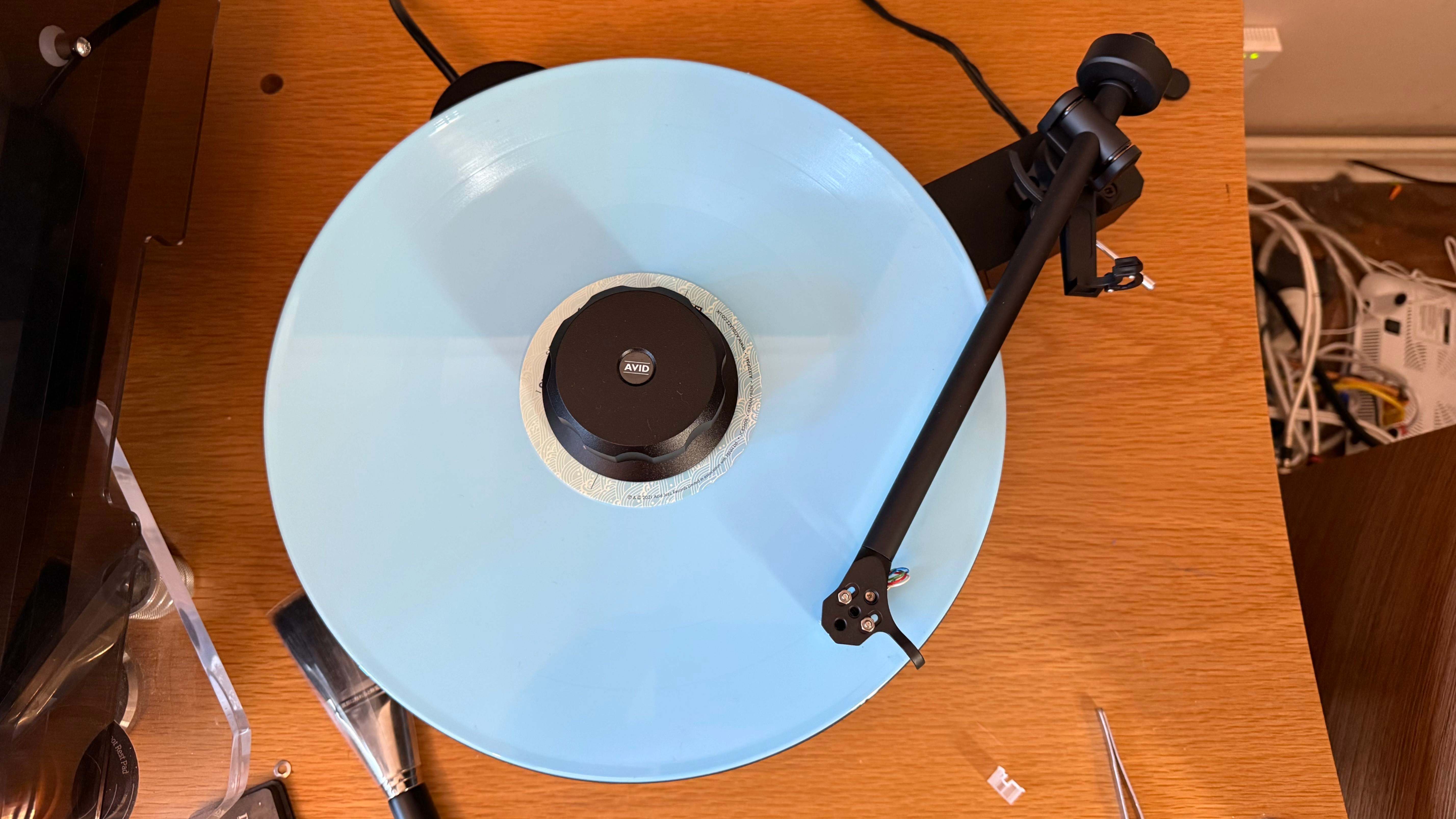
Avid Ingenium Plug&Play review: Also consider
Rega Planar PL1
The snap and timing of the Rega make it a real contender. Everything is in the box, too.
Read more on the Rega Planar PL1
Technics SL-1500C
If you like the power of a direct drive, then the Technics is the one for you. It's got a sturdy build to it, too.
Read our Technics SL-1500C review here
Pro-ject Debut Carbon Evo
When it comes to effortless flow, the Pro-ject is peerless, and is a wildly detailed listen.
Read our full Pro-ject Debut Carbon Evo review here
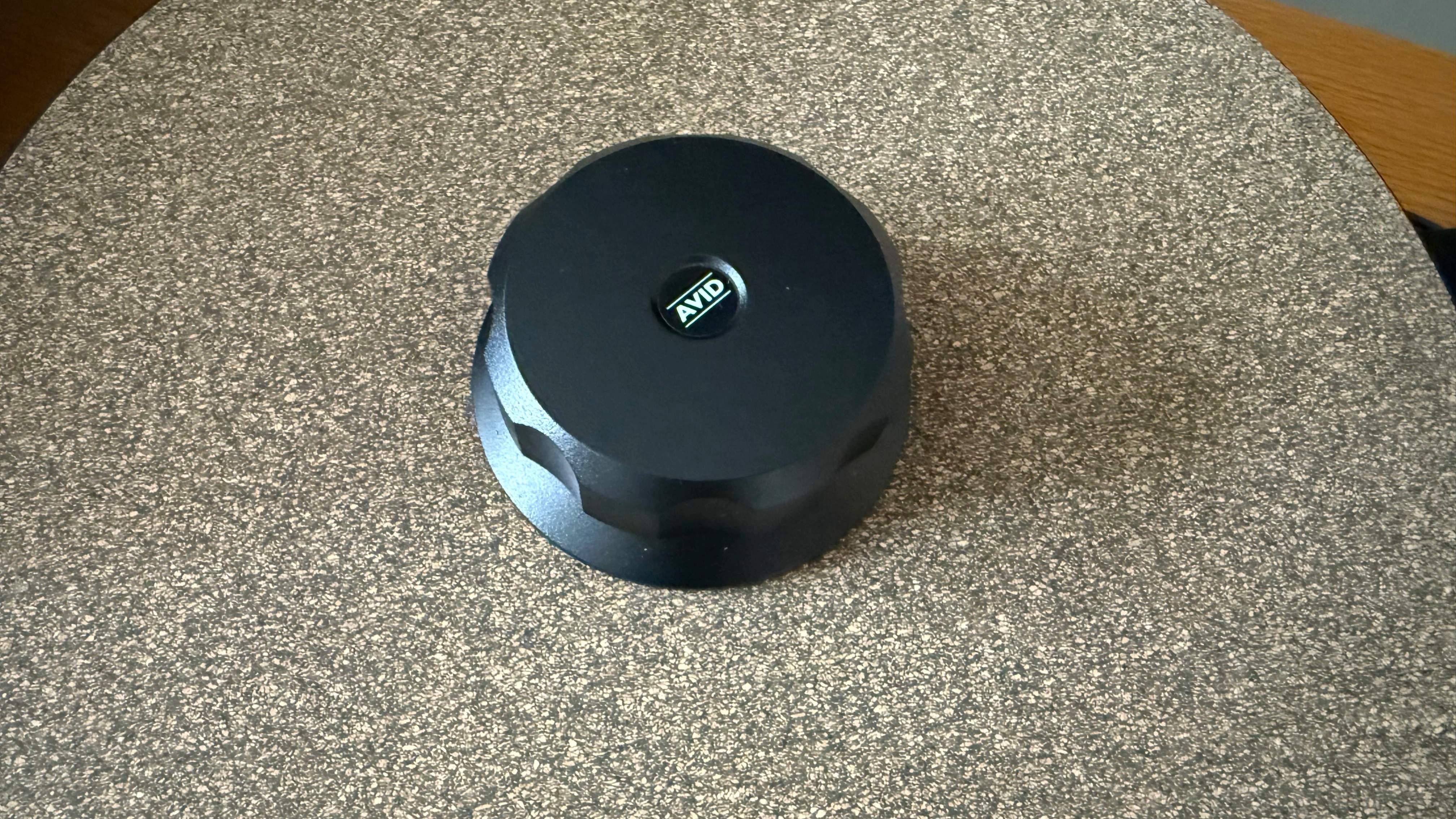
How I tested the Avid Ingenium Plug&Play
The Avid was parked on a Quadraspire rack and run both in out-of-the-box and upgraded forms, connected to a Cyrus Classic Phono phono stage, which outputted to a Cambridge Audio Edge A integrated amplifier and Kudos Titan 505 speakers. As the Cyrus has four inputs, it meant other turntables that live here all the time could be run alongside and everything played through my standard reference system.
All listening took place in a 3.5m x 4m lounge that I use as a listening space. As well as the listed recordings, I used a huge selection of records, ranging from very audiophile indeed to Boss Drum by The Shamen which, with the best will in the world, is not.
- First reviewed: June 2025
- Read TechRadar's reviews guarantee





